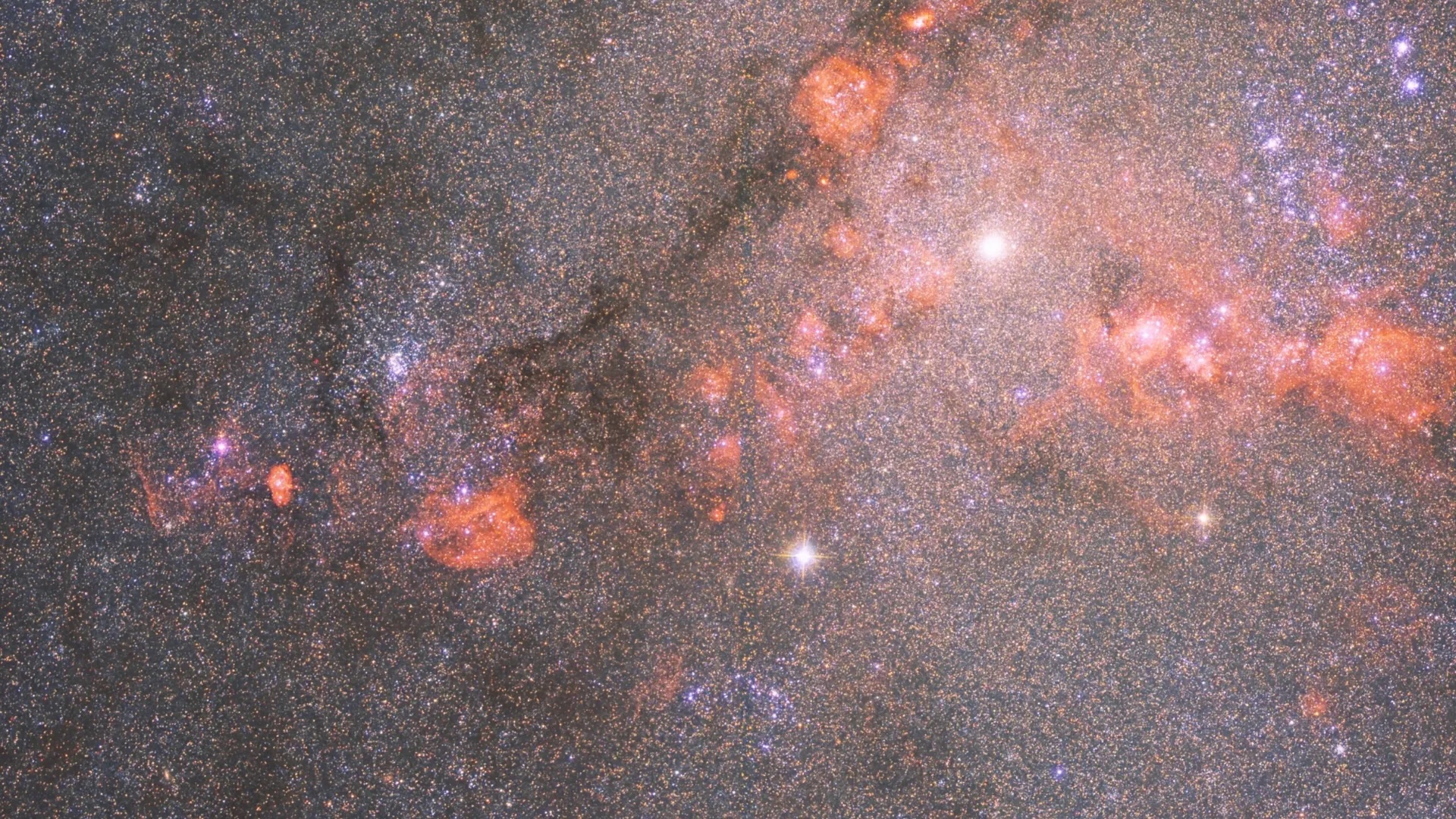Medicina, Vol. 59, Pages 825: Outcomes after Percutaneous Coronary Intervention in Patients with Extremely Calcified Left Main Lesions
Medicina doi: 10.3390/medicina59050825
Authors: Silviu Dumitrascu Daniela Bartos Claudiu Ungureanu
Background and Objectives: Available data with regard to the outcomes of patients with severely calcified left main (LM) lesions after revascularization by percutaneous coronary intervention (PCI) when compared to non-calcified LM lesions is unclear. Materials and Methods: The present study sought to retrospectively investigate in hospital and 1 year post-intervention outcomes of patients with extremely calcified LM lesions after PCI facilitated by calcium-dedicated devices (CdD). Seventy consecutive patients with LM PCI were included. CdD requirement was based on suboptimal results after balloon angioplasty. Results: Twenty-two patients (31.4%) required at least one CdD, while nine patients (12.8%) required at least two. Intravascular lithotripsy and rotational atherectomy were the predominantly used methods(59.1% and 40.9% respectively, for in-group ratios), while ultra-high pressure and scoring balloons contributed the least to lesion preparation (9%). In 20 patients (28.5%), severe or moderate calcifications were angiographically identified, but non-compliant balloon predilation was adequate and CdD were not necessary. Total procedural time was significantly higher in CdD group (p-value 0.02). Procedural and clinical success were obtained in 100% of cases. There were no major adverse cardiac and cerebrovascular events (MACCE) recorded during hospitalization. MACCE at 1 year post-procedure were recorded in three patients (4.2% overall). All three events were documented in the control group (6.2%), and no events were recorded in CdD group (p-value 0.23). There was one cardiac death at 10 months and two target lesion revascularizations for side-branch restenosis. Conclusions: Patients with extremely calcified LM lesions treated by PCI present a favorable prognosis if angioplasty is facilitated by more aggressive lesion debulking using calcium-dedicated devices.

 1 year ago
30
1 year ago
30

